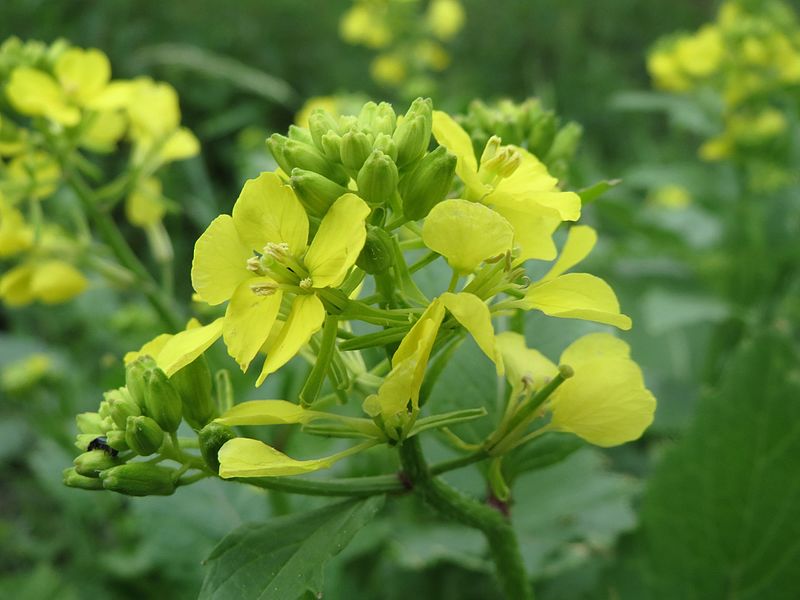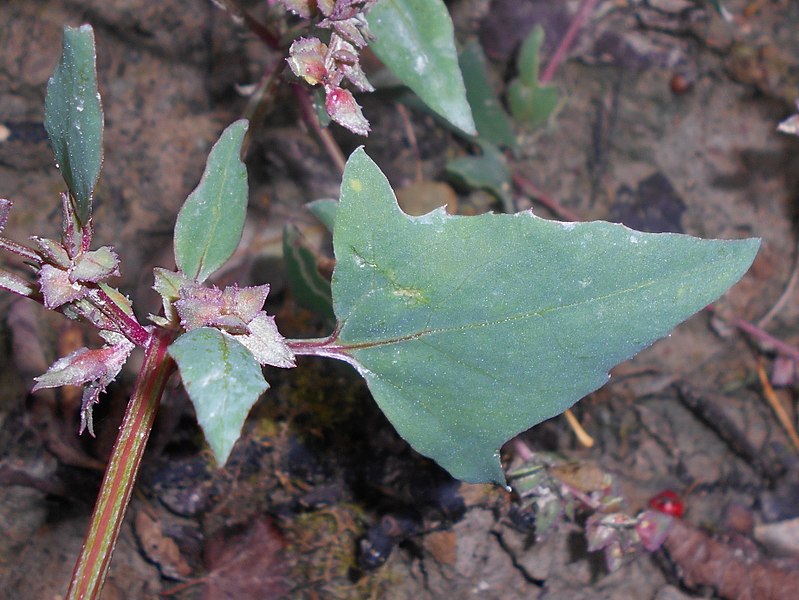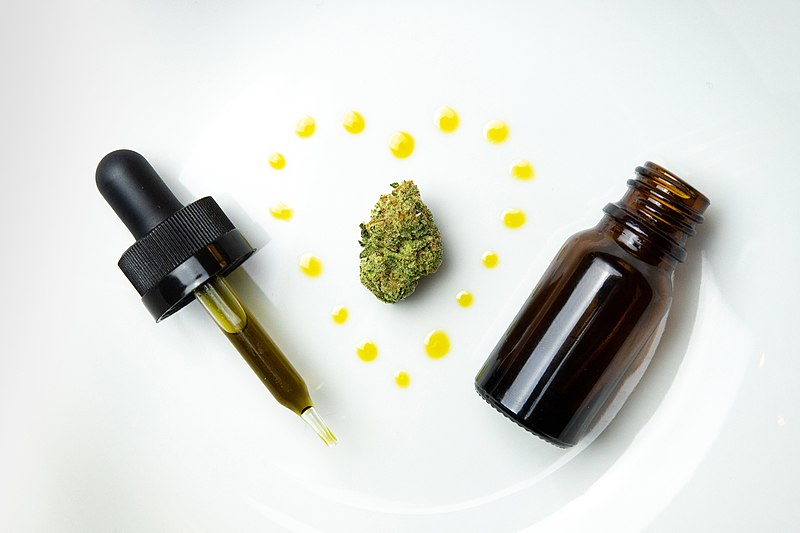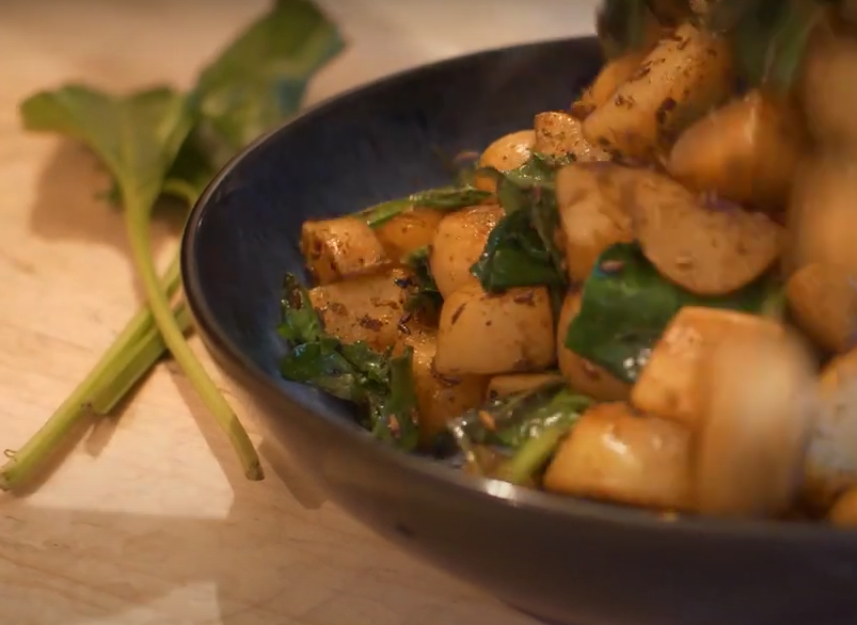Charlock Mustard / Spring / Summer / Autumn / Edible Common Names Charlock Mustard, field mustard, wild mustard, charlock Botanical Name Sinapis arvensis Scientific Classification Kingdom – Plantae Order –Brassicales Family – Brassicaceae Physical Characteristics for Mustard Charlock Leaves The leaves are long, with varying degrees of invagination along the…
Category: coastal
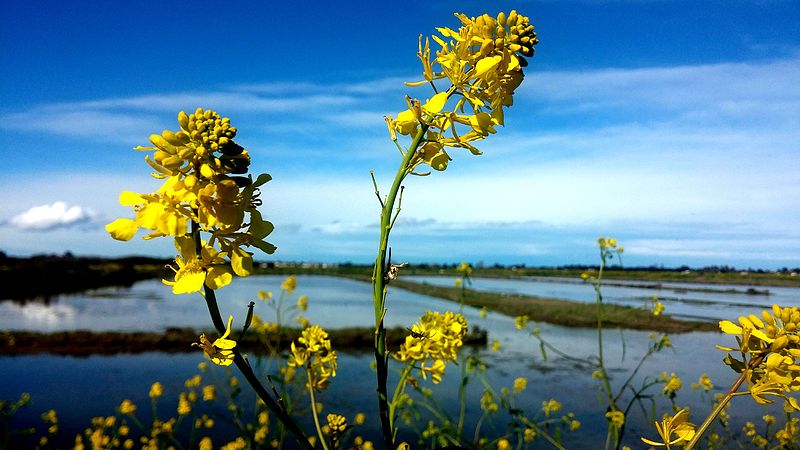
Black Mustard / Spring / Summer / Autumn / Edible Common Names Black Mustard Botanical Name Brassica nigra, Rhamphospermum nigrum Scientific Classification Kingdom – Plantae Order –Brassicales Family – Brassicaceae Physical Characteristics for Black Mustard Late Spring to Summer these plants will be out in flower, leaf and seed, sometimes…

Foraging in Sussex The deep south of the country provides a really interesting and varied foraging location. There is variety and abundance all through the year and often certain things will even thrive in winter due to the slightly milder temperatures experienced in Sussex. There are some great finds to…
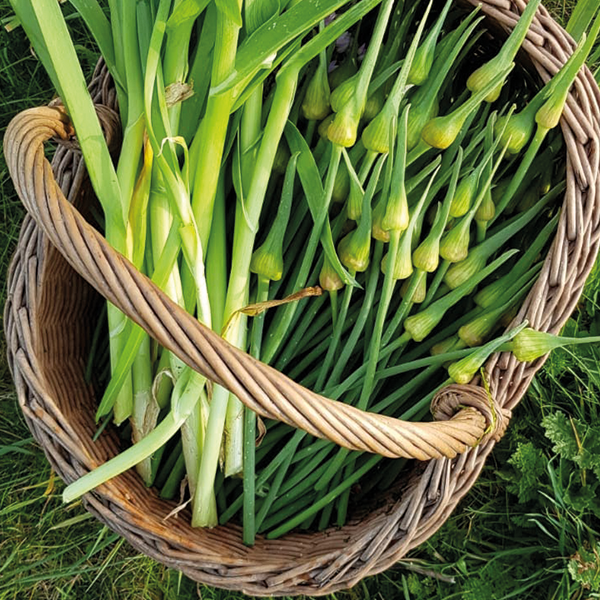
Sea Leek / Edible / Summer / Autumn Common Names Sea leek, Wild Leek, Sea Leeks Botanical Name Allium ampeloprasum Scientific Classification Kingdom – Plantae Order –Asparagales Family – Amaryllidaceae Physical Characteristics for Sea Leeks Sea leek is a Biennial. The thick ‘stem’ is actually a tightly wrapped bundle of…

Sea Radish / Edible / Spring / Summer Common Names Sea radish Botanical Name Raphanus Maritima Scientific Classification Kingdom – Plantae Order –Brassicales Family – Brassicaceae Physical Characteristics for Sea Radish Sea radish is a Biennial growing 0.8 m (2ft 7in) It the first year only a rosette of leaves forms,…
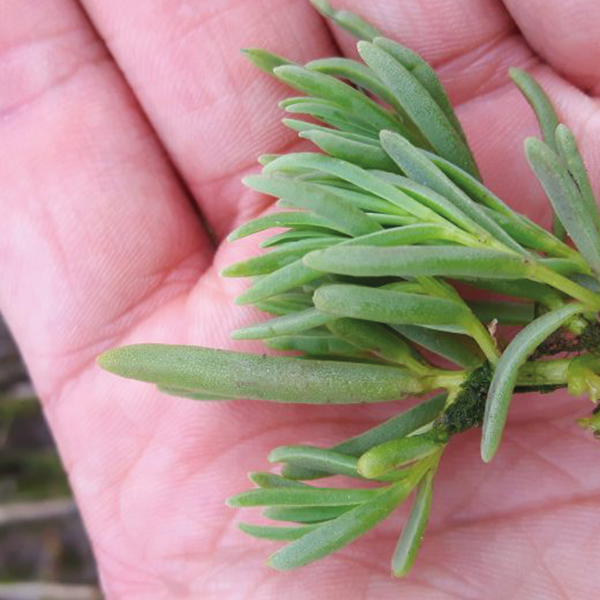
Sea Spray / Spring / Summer / Edible Common Names Seepweed, Seaspray, Sea Blite, Sea Rosemary (we’re trying to rename it Sea Samphire as its uses are so similar to that of Marsh Samphire) Botanical Name Suaeda Maritima Scientific Classification Kingdom – Plantae Order –Asparagales Family – Amaranthaceae Physical Characteristics…



